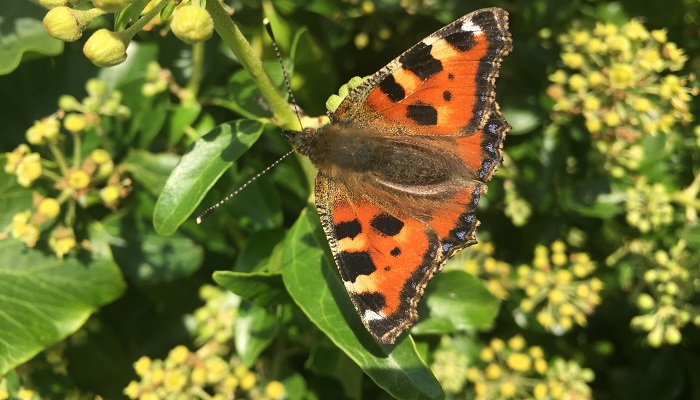29 March 2025
Encouraging Irish butterflies on farmland

Jesmond Harding, Conservation Officer, Butterfly Conservation Ireland, joined Cathal Somers on the latest podcast version of the Signpost Series to discuss encouraging Irish butterflies on farmland.
Butterfly numbers have been declining since the 1970s, making conservation efforts more important than ever.
Jesmond Harding of Butterfly Conservation Ireland explained how butterflies and moths serve as vital indicators of environmental health and biodiversity. He emphasized the critical role that farmland habitats play in supporting these species and highlighted effective management strategies such as grazing, scrub control, and the maintenance of hedgerows and wildflower-rich areas.
Jesmond reinforced the need for proactive conservation strategies to support butterfly populations and maintain ecological balance. Butterflies thrive in diverse landscapes that include untrimmed hedgerows, scrub patches, and naturally managed grasslands. Over-management, such as excessive hedge cutting and land clearing, leads to habitat loss and species decline. By adopting rotational cutting methods and preserving natural scrub, farmers can help ensure the long-term survival of these vital species.
Key Habitats
Hay Meadows
These should remain uncut from May to September, allowing plant life to thrive. Light grazing and careful cutting at an appropriate height encourage plant regrowth and provide necessary nectar sources.
Hedgerows
Hedgerows serve as critical biodiversity corridors, offering shelter, food, and movement pathways for butterflies and moths. Rotational cutting and tree retention can enhance their ecological value.
Woodlands and Scrub
These areas, when appropriately grazed, foster plant diversity and create warm microhabitats ideal for butterfly breeding and feeding.
Ponds and Wetlands
Maintaining natural wetland increases overall biodiversity and provides essential habitats for various insects and wildlife.
Listen to the podcast
